Houston Zoo Elephant Receives First Ever mRNA EEHV Vaccine
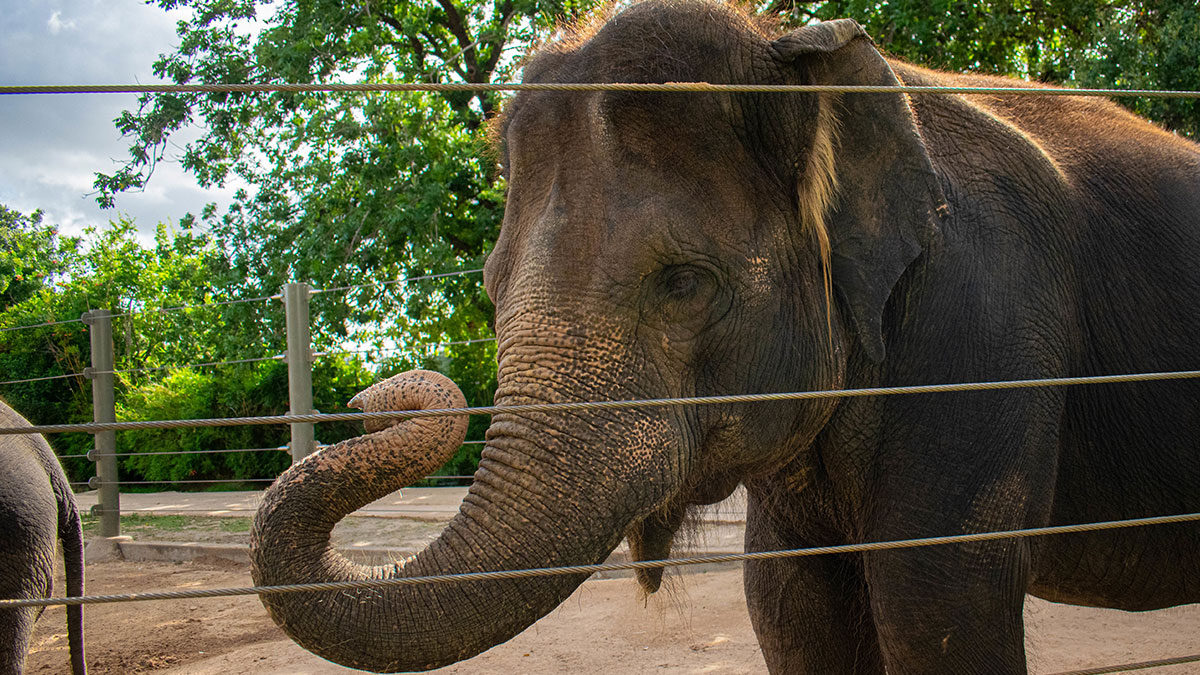 Tess, a 40-year-old Asian elephant at Houston Zoo, has been given the first-ever dose of an mRNA vaccine created by virologists at Baylor College of Medicine (BCM) to prevent the deadly elephant endotheliotropic herpesvirus (EEHV) 1A—a devastating viral disease in Asian elephants worldwide. Over the next few weeks, animal care experts and veterinary staff at Houston Zoo will closely monitor Tess to learn how effective this vaccine is for elephants.
Tess, a 40-year-old Asian elephant at Houston Zoo, has been given the first-ever dose of an mRNA vaccine created by virologists at Baylor College of Medicine (BCM) to prevent the deadly elephant endotheliotropic herpesvirus (EEHV) 1A—a devastating viral disease in Asian elephants worldwide. Over the next few weeks, animal care experts and veterinary staff at Houston Zoo will closely monitor Tess to learn how effective this vaccine is for elephants.
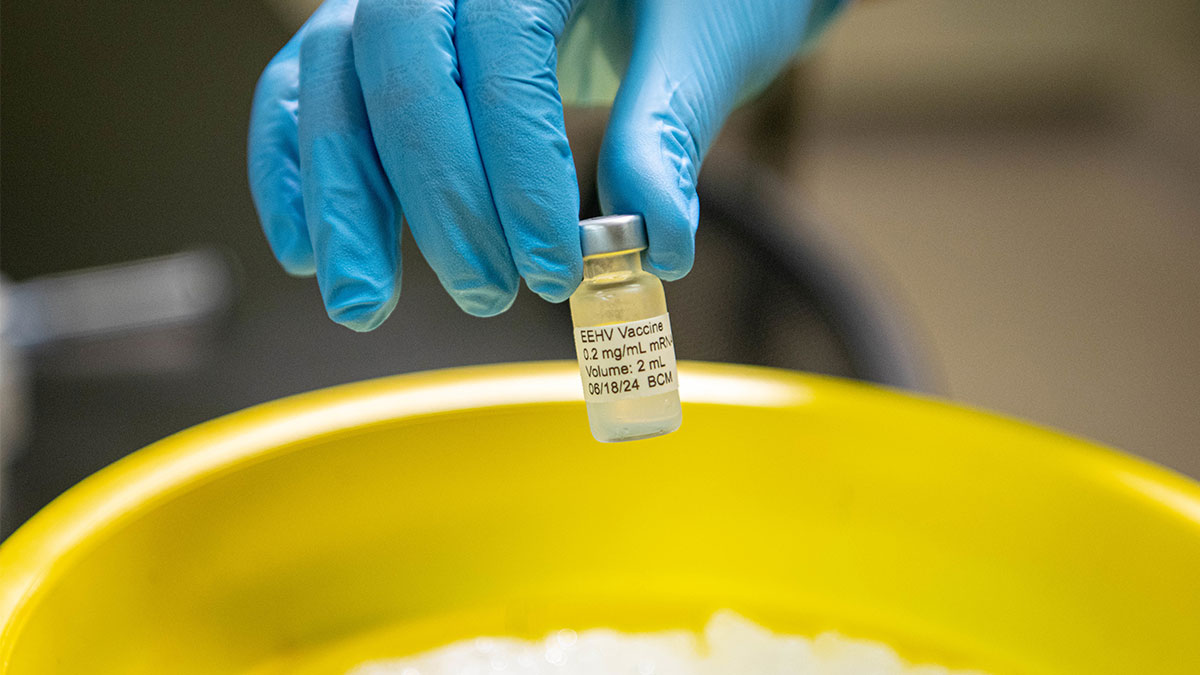 Dr. Paul Ling at Baylor College of Medicine and the veterinary and elephant care teams at the Houston Zoo have been making steady progress toward the development of an EEHV vaccine and, on Tuesday, June 18, the first dose was given to Tess. The vaccine’s effectiveness will be measured by evaluating antibody levels in her blood while monitoring for specific side effects or adverse reactions such as injection site swelling or allergic reaction.
Dr. Paul Ling at Baylor College of Medicine and the veterinary and elephant care teams at the Houston Zoo have been making steady progress toward the development of an EEHV vaccine and, on Tuesday, June 18, the first dose was given to Tess. The vaccine’s effectiveness will be measured by evaluating antibody levels in her blood while monitoring for specific side effects or adverse reactions such as injection site swelling or allergic reaction.
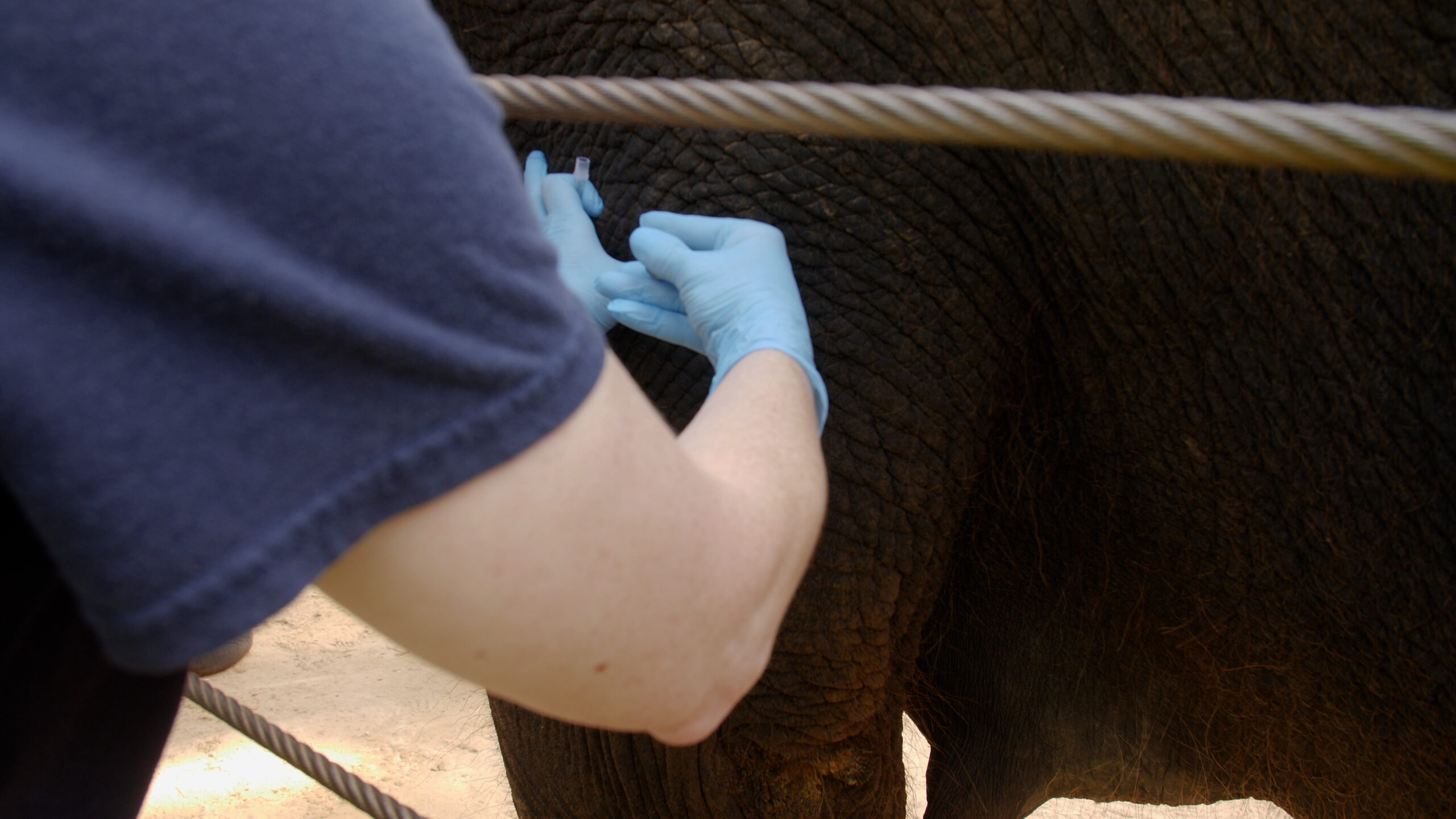
Tess, mother to Tucker (19), Tupelo (13), Tilly (6), and Teddy (3) and grandmother to Winnie (3), is currently doing well post-vaccination.
The mRNA vaccine’s development has involved extensive preclinical trials, with positive preliminary results indicating that it can induce antibodies against the virus with no adverse side effects. The dosage for Tess was determined based on studies with different mRNA vaccines administered in horses.
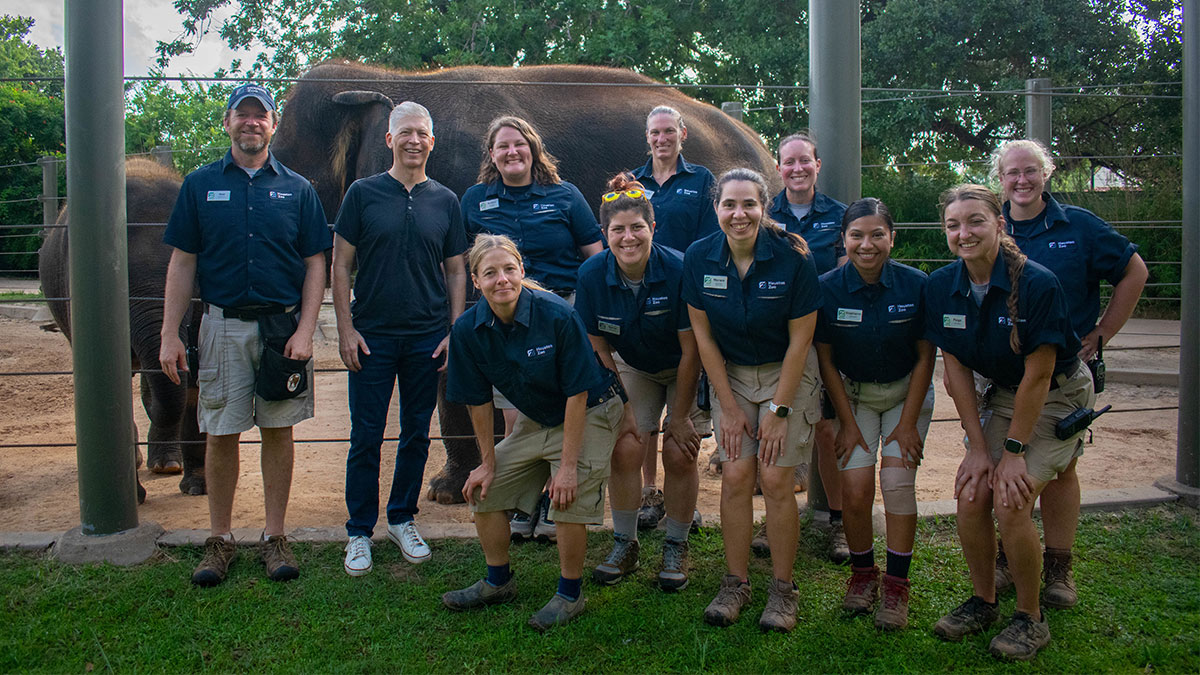
Following Tess’s vaccination, the next steps include vaccinating additional members of Houston Zoo’s herd and monitoring them similarly. Plans also include making this vaccine available to other elephants, both in human care and then in the wild. This vaccine is anticipated to have a significant impact on the global Asian elephant population and lay the foundational work for a similar vaccine for African elephants as well.
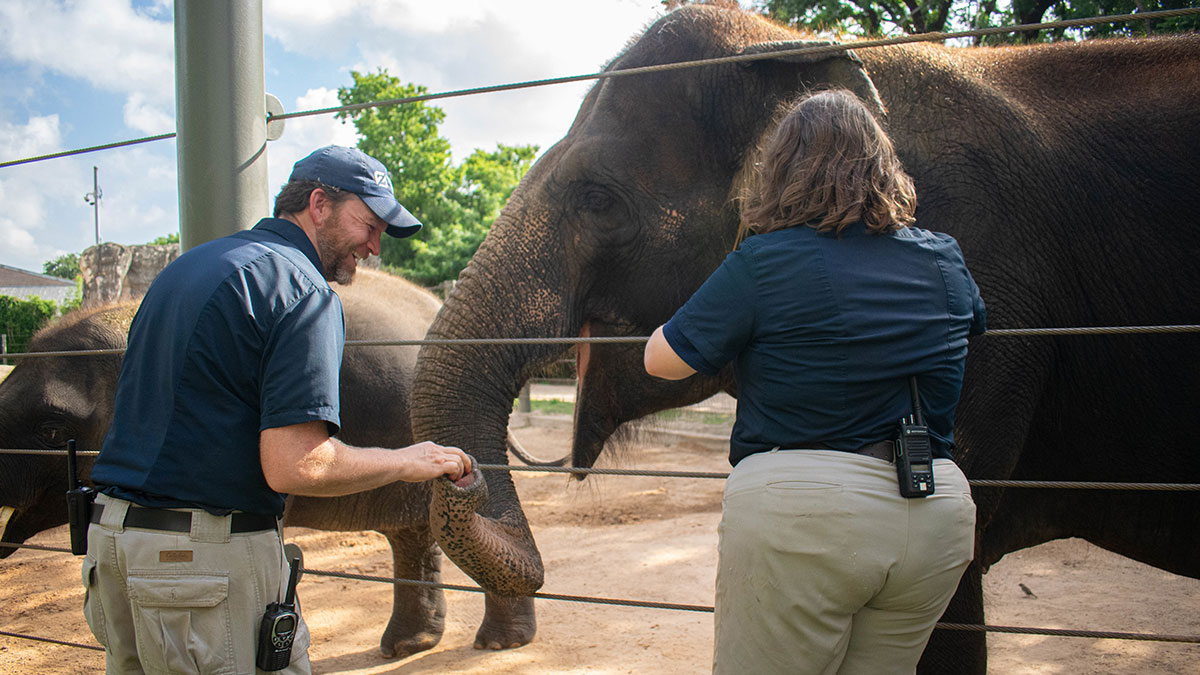
This groundbreaking development is the result of a long-term collaboration between the Houston Zoo and Dr. Paul Ling at Baylor College of Medicine’s Department of Virology and Microbiology. Over the past 15 years, this partnership has led to significant advancements in the study of EEHV. Many Association of Zoos and Aquariums (AZA) accredited zoos that care for elephants, the North American EEHV Advisory Group, European EEHV vaccine researchers, and organizations like the International Elephant Foundation, among others, have also collaborated in this research.
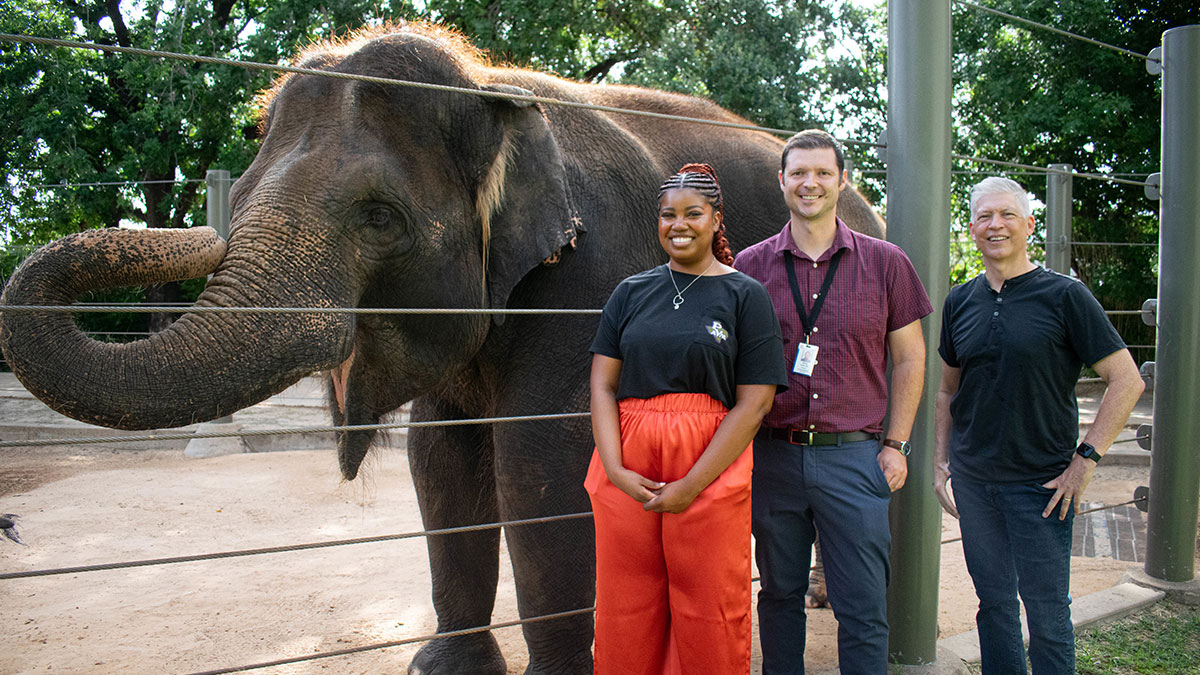
Significant contributors to the development of this vaccine include Jessica Watts, a graduate student In Dr. Ling’s laboratory, and Dr. Jeroen Pollet at Texas Children’s Hospital and the National School of Tropical Medicine at Baylor College of Medicine. This research is funded primarily by the Houston Zoo and a private foundation. In recent years additional funding has been contributed with the purpose of accelerating the vaccine activities by International Elephant Foundation (IEF) and Colossal Biosciences.
The protocol developed at the Houston Zoo and BCM to monitor, diagnose, and treat EEHV is utilized globally as a valued reference and guide. Through collective information sharing, research partnerships, global meeting participation, and local support, the mission of the Houston Zoo is achieved—to save animals in the wild.
In the 15 years of this partnership, advances in diagnostics, therapeutics, and prevention have saved elephant lives in North America, Europe, and range countries around the world and will be essential to the long-term survival of elephant populations squeezed into diminishing patches of native habitat.
